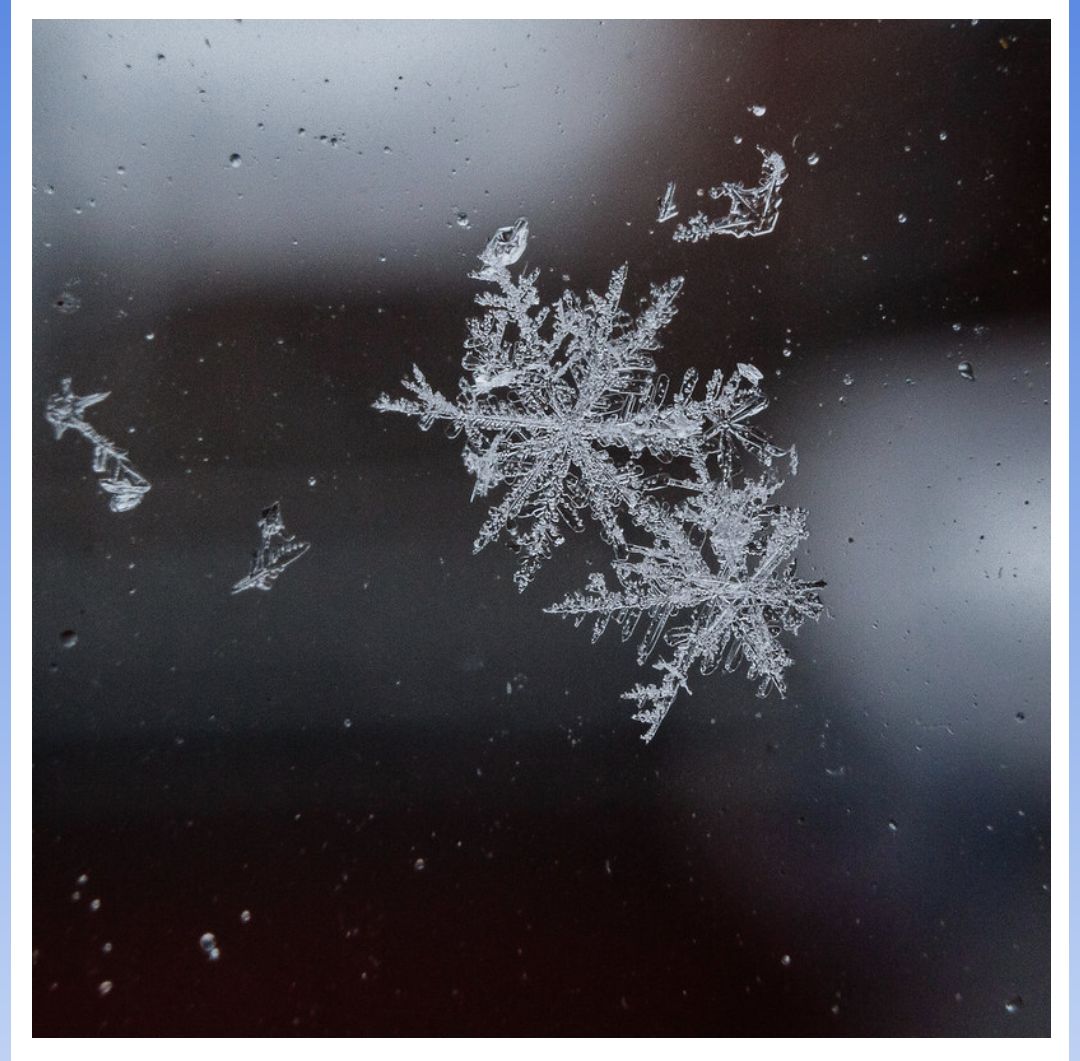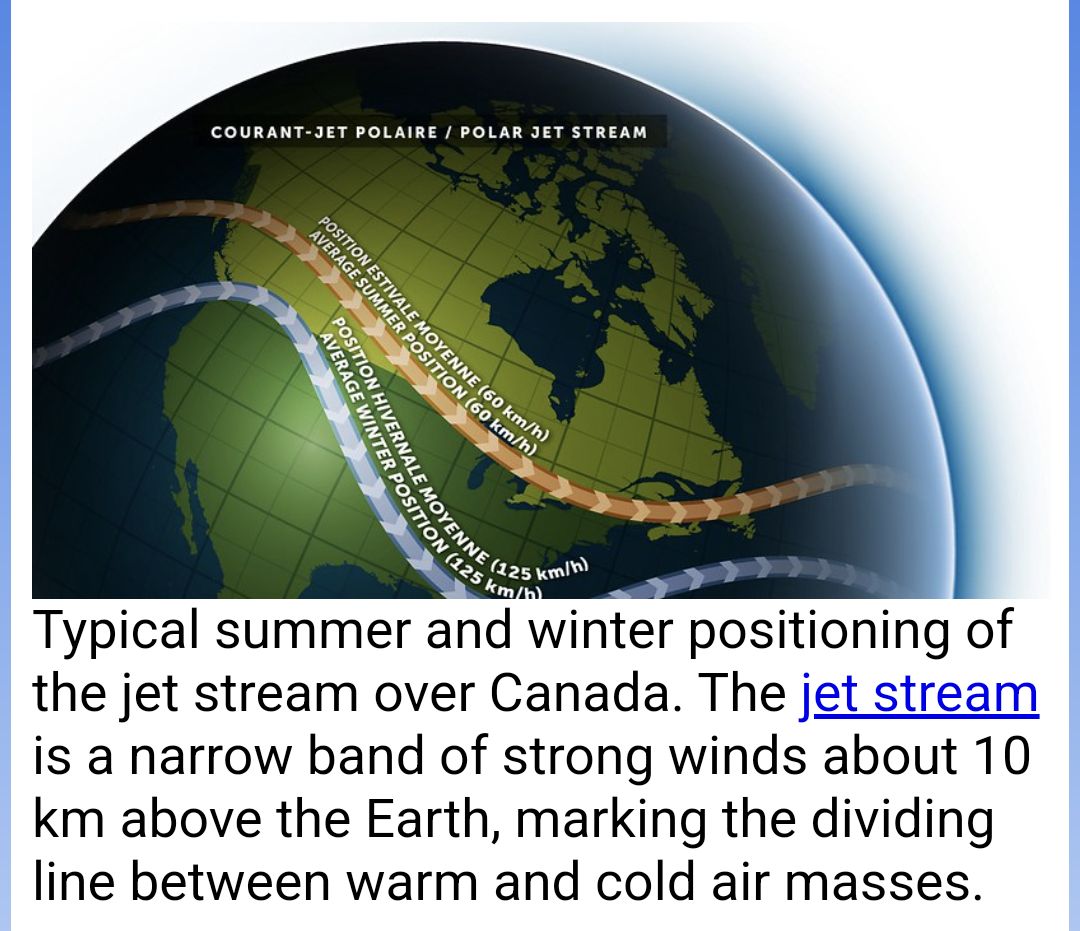**** Info via Environmental Canada
Can it be too cold to snow?
We know snow usually falls in cold weather, but can it ever be too cold to snow?
For snow crystals to form, the temperature needs to be right, and there must be enough moisture and rising air movement in the atmosphere to allow the creation of clouds and precipitation particles.

The heaviest snowfalls tend to occur when temperatures are slightly below freezing. This allows snow to form and drift to the ground, but it is not so cold that the air holds very little moisture. The more the temperature drops, the less water vapour is present in the air, making heavy snowfall less and less likely.
Why is heavy snow very rare in extreme cold?
Over the frozen landscapes of the Arctic, frigid air masses develop during the long, dark winter. Due to the lack of open water and as extremely cold air holds little moisture, the air becomes very dry.
Often, this Arctic cold air is bottled up over northern Canada, north of the main belt of upper-level westerlies, called the jet stream.

Heavy snowfall events tend to occur with storm systems that ride along and are energized by the winter jet stream, where the air is cold enough to snow but not so cold that it doesn’t hold much moisture.
When these Arctic air masses travel south, they carry extremely dry air under a ridge of high pressure and virtually no rising air motion. Given how cold and dry the air is, it becomes extremely dense and tends to sink.
In truly chilly Arctic air, any moisture may form tiny ice crystals, resulting in light snow, but significant accumulation is extremely rare.



